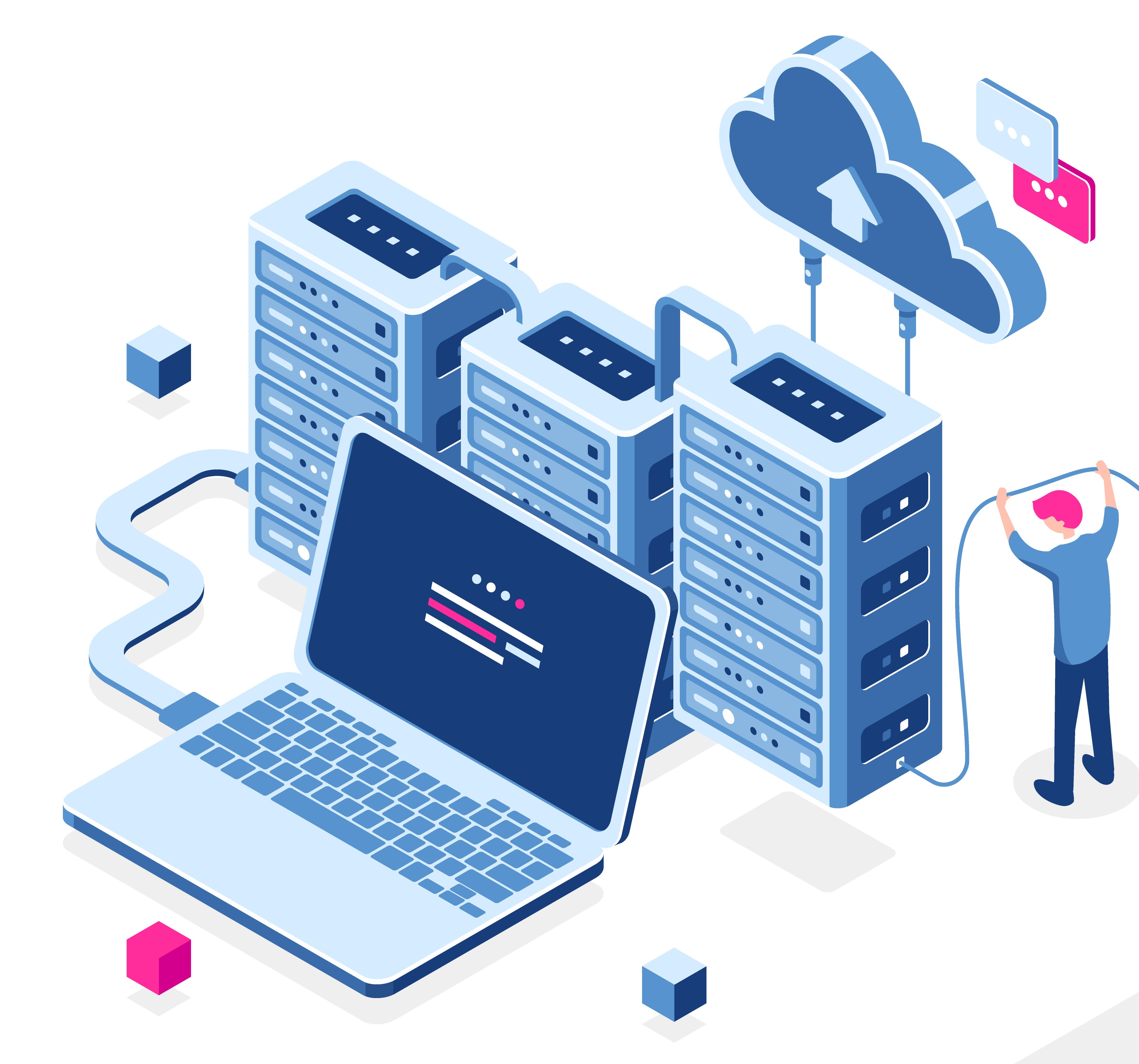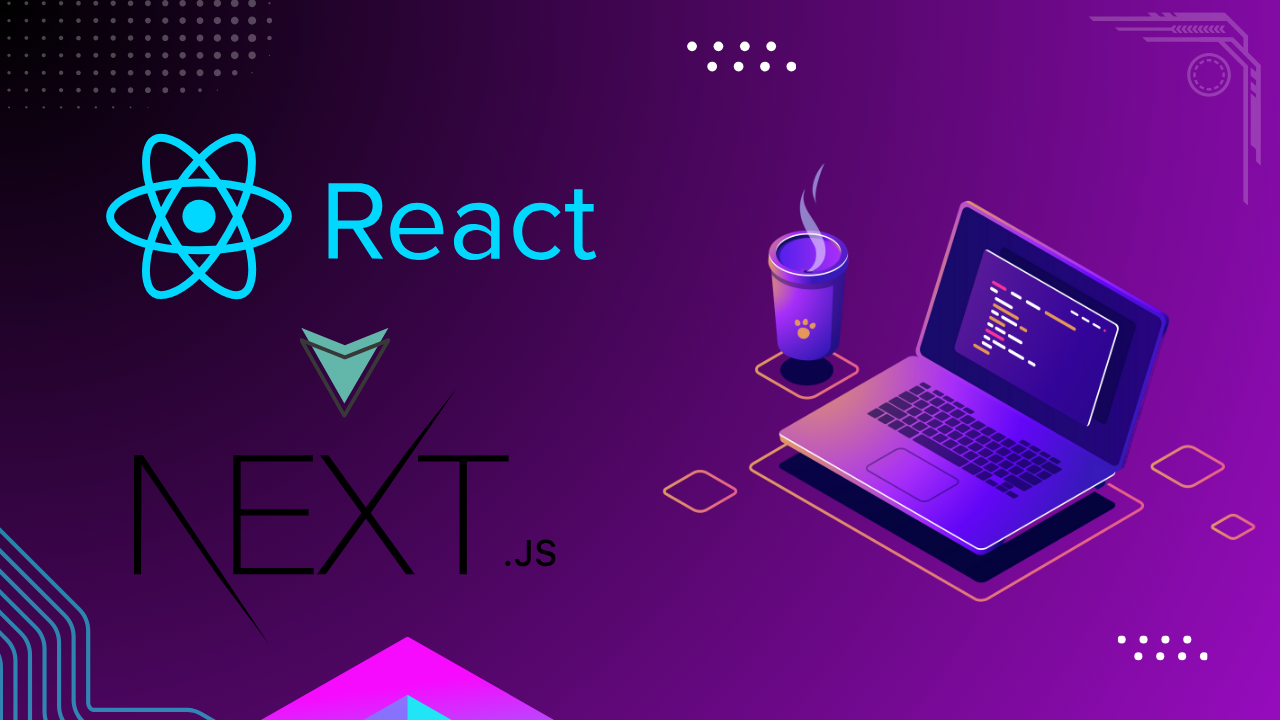GPU-as-a-Service (GPUaaS): The Future of High-Powered Computing
Have you ever wondered how businesses manage intensive data processing, high-quality graphics rendering, and large AI training without purchasing incredibly costly hardware? GPU-as-a-Service (GPUaaS) fills that need! You may rent powerful GPUs on demand with this cloud-based solution. Simply log in and turn on; there's no need to maintain hardware. Let's dissect it.

What's GPUaaS All About?#
A cloud service called GPUaaS makes Graphics Processing Units (GPUs) available for use in computation-intensive applications. GPUs are excellent at parallel processing, which sets them apart from conventional CPU-based processing and makes them perfect for tasks requiring quick computations. Users can employ cloud-based services from companies like AWS, Google Cloud, or Microsoft Azure in place of spending money on specialized GPU infrastructure. Applications involving AI, 3D rendering, and huge data benefit greatly from this strategy.
How Does GPUaaS Work?#
Like other cloud computing platforms, GPUaaS provides customers with on-demand access to GPU resources. Users rent GPU capacity from cloud providers, who handle the infrastructure, software upgrades, and optimizations, rather than buying and maintaining expensive hardware. Typical usage cases include:
AI & Machine Learning: Through parallel computing, GPUs effectively manage the thousands of matrix operations needed for deep learning models. Model parallelism and data parallelism are two strategies that use GPU clusters to divide workloads and boost productivity.
Graphics and Animation: For real-time processing and high-resolution output, rendering engines used in video games, movies, and augmented reality (AR) rely on GPUs. GPU shader cores are used by technologies like rasterization and ray tracing to produce photorealistic visuals.
Scientific Research: The enormous floating-point computing capability of GPUs is useful for computational simulations in physics, chemistry, and climate modeling. Researchers can optimize calculations for multi-GPU settings using the CUDA and OpenCL frameworks.
Mining Cryptocurrency: GPUs are used for cryptographic hash computations in blockchain networks that use proof-of-work techniques. Memory tuning and overclocking are used to maximize mining speed.
Businesses and developers can dynamically increase their computing power using GPUaaS, which lowers overhead expenses and boosts productivity.
Why Use GPUaaS? (The Technical Advantages)#
Parallel Computing Power: Performance in AI, simulations, and rendering jobs is greatly increased by GPUs' hundreds of CUDA or Tensor cores, which are tuned to run numerous threads at once.
High-Performance Architecture: GPUs can handle large datasets more quickly than traditional CPUs thanks to their high memory bandwidth (HBM2, GDDR6) and tensor core acceleration (found in NVIDIA A100, H100) GPUs.
Dynamic Scalability: As workloads grow, users can assign more GPU resources to avoid resource bottlenecks. GPU nodes can scale smoothly thanks to cluster orchestration solutions like Kubernetes.
Support for Accelerated Libraries: Many frameworks, including TensorFlow, PyTorch, and CUDA, use deep learning optimizations like distributed inference and mixed-precision training to maximize GPU acceleration.
Energy Efficiency: NVIDIA TensorRT and AMD ROCm are two examples of deep learning-specific cores that modern GPUs use to provide great performance per watt for AI model inference and training.
For those looking to optimize cloud deployment even further, consider BYOH (Bring Your Own Host) for fully customized environments or BYOC (Bring Your Own Cluster) to integrate your own clusters with powerful cloud computing solutions.
Leading GPUaaS Providers and Their Technologies#
GPUaaS solutions are available from major cloud service providers, each with unique software and hardware optimizations:
Amazon Web Services (AWS) - EC2 GPU Instances: includes deep learning and AI-optimized NVIDIA A10G, A100, and Tesla GPUs. use Nitro Hypervisor to maximize virtualization performance.
Google Cloud - GPU Instances: Features various scaling options and supports the NVIDIA Tesla T4, V100, and A100. optimizes AI workloads by integrating with TensorFlow Enterprise.
Microsoft Azure - NV-Series VMs: offers AI and graphics virtual machines with NVIDIA capability. enables GPU-accelerated model training and inference with Azure ML.
NVIDIA Cloud GPU Solutions: provides direct cloud-based access to powerful GPUs tuned for machine learning and artificial intelligence. For real-time rendering applications, NVIDIA Omniverse is utilized.
Oracle Cloud Infrastructure (OCI) - GPU Compute: provides large data and AI applications with enterprise-level GPU acceleration. enables low-latency GPU-to-GPU communication via RDMA over InfiniBand.
Each provider has different pricing models, performance tiers, and configurations tailored to various computing needs.
Challenges and Considerations in GPUaaS#
While GPUaaS is a powerful tool, it comes with challenges:
Cost Management: If GPU-intensive tasks are not effectively optimized, they may result in high operating costs. Cost-controlling strategies include auto-scaling and spot instance pricing.
Latency Issues: Network delay brought on by cloud-based GPU resources may affect real-time applications such as live AI inference and gaming. PCIe Gen4 and NVLink are examples of high-speed interconnects that reduce latency.
Data Security: Strong encryption and compliance mechanisms, like hardware-accelerated encryption and secure enclaves, are necessary when sending and processing sensitive data on the cloud.
Software Compatibility: Not every workload is suited for cloud-based GPUs, thus applications must be adjusted to enhance performance. Compatibility issues can be resolved with the aid of optimized software stacks such as AMD ROCm and NVIDIA CUDA-X AI.
The Future of GPUaaS#
The need for GPUaaS will increase as AI, gaming, and large-scale data applications develop further. Even more efficiency and processing power are promised by GPU hardware advancements like AMD's MI300 series and NVIDIA's Hopper architecture. Furthermore, advancements in federated learning and edge computing will further incorporate GPUaaS into a range of sectors.
Emerging trends include:
Quantum-Assisted GPUs: Quantum computing and GPUs may be combined in future hybrid systems to do incredibly quick optimization jobs.
AI-Powered GPU Scheduling: Reinforcement learning will be used by sophisticated schedulers to dynamically optimize GPU allocation.
Zero-Trust Security Models: Data safety in cloud GPU systems will be improved by multi-tenant security, enhanced encryption, and confidential computing.
Final Thoughts#
The way that industries use high-performance computing is changing as a result of GPUaaS. It allows companies to speed up AI, scientific research, and graphics-intensive applications without having to make significant hardware investments by giving them scalable, affordable access to powerful GPUs. GPUaaS will play an even more significant role in the digital environment as cloud computing develops, driving the upcoming wave of innovation.


